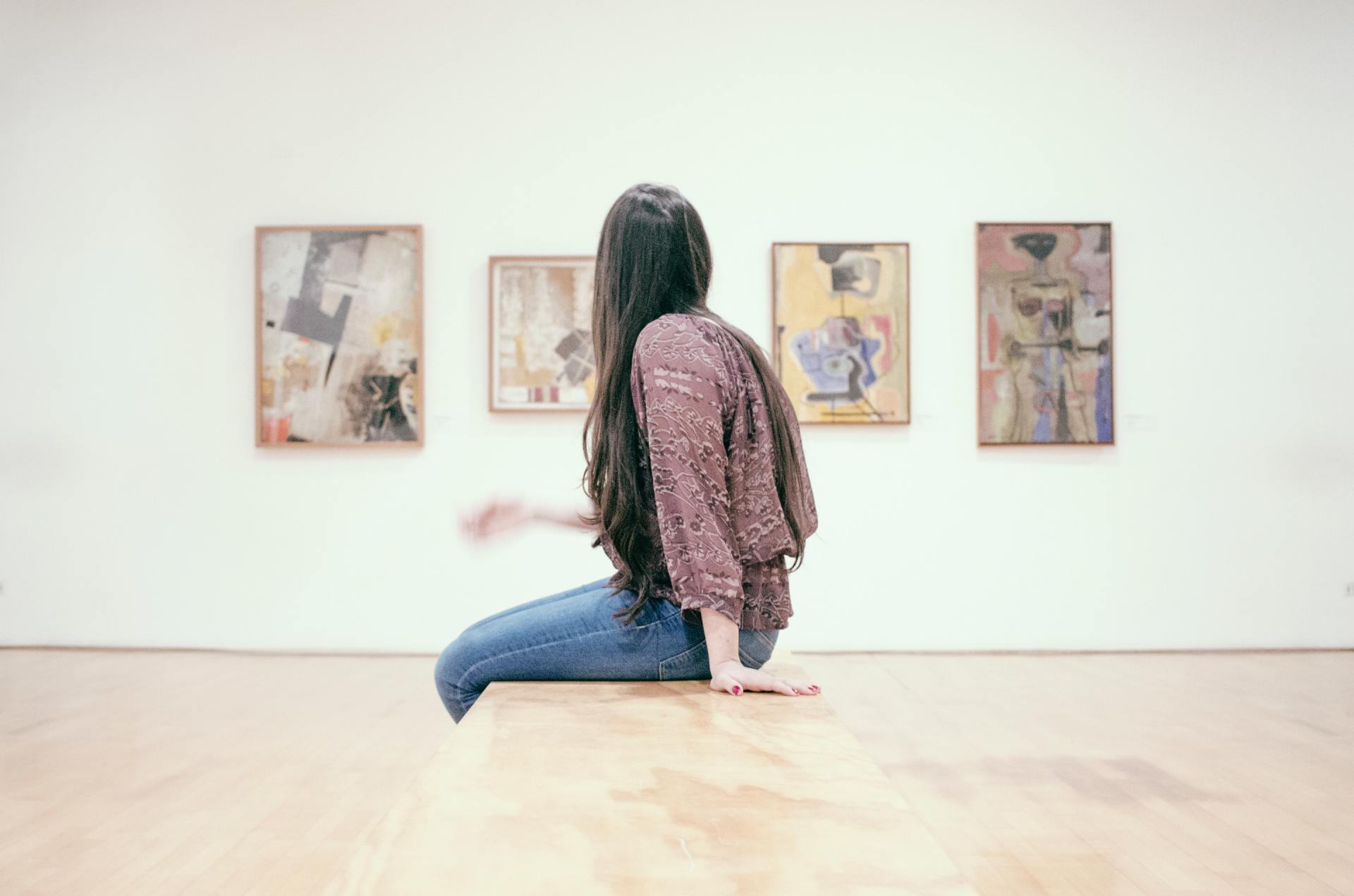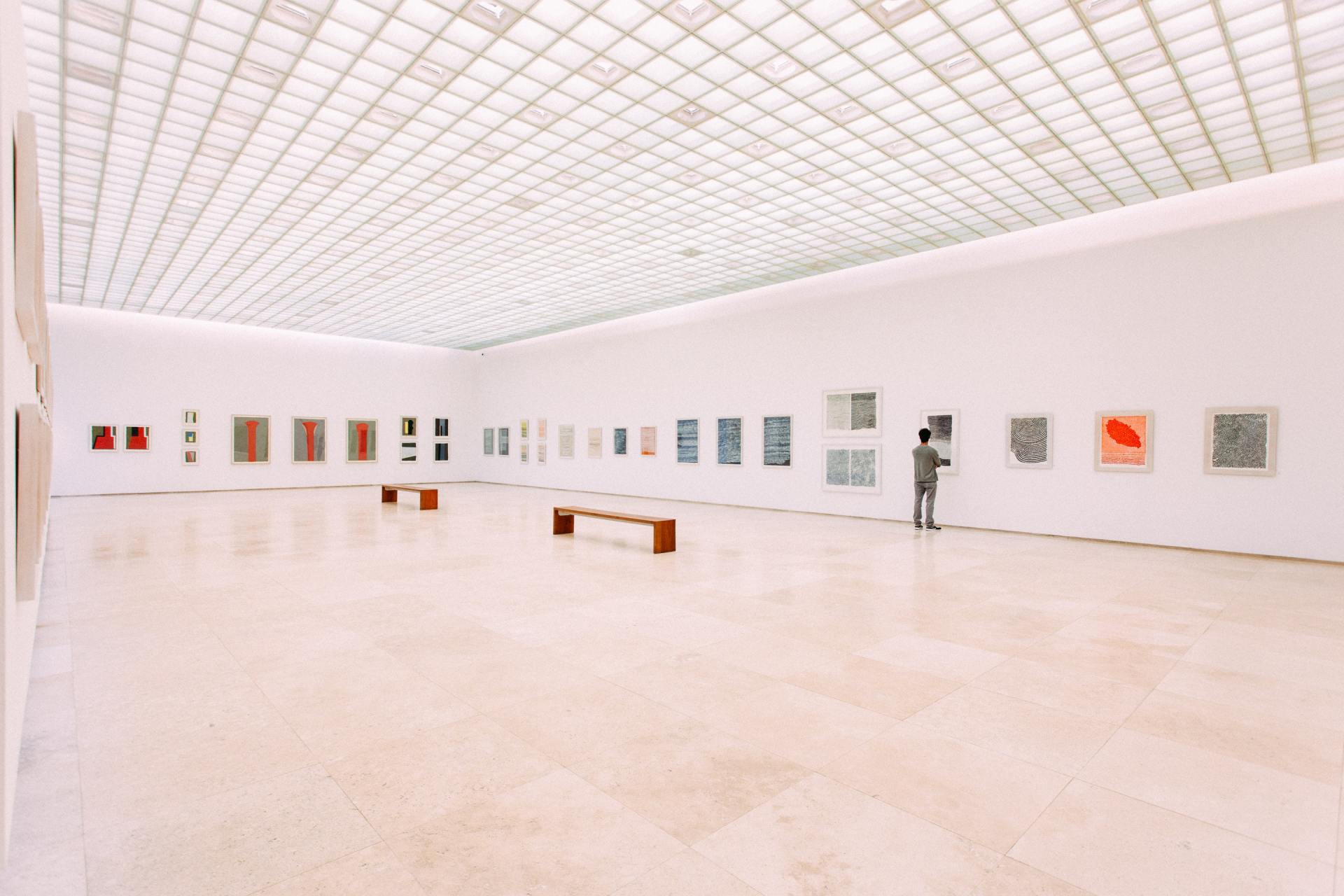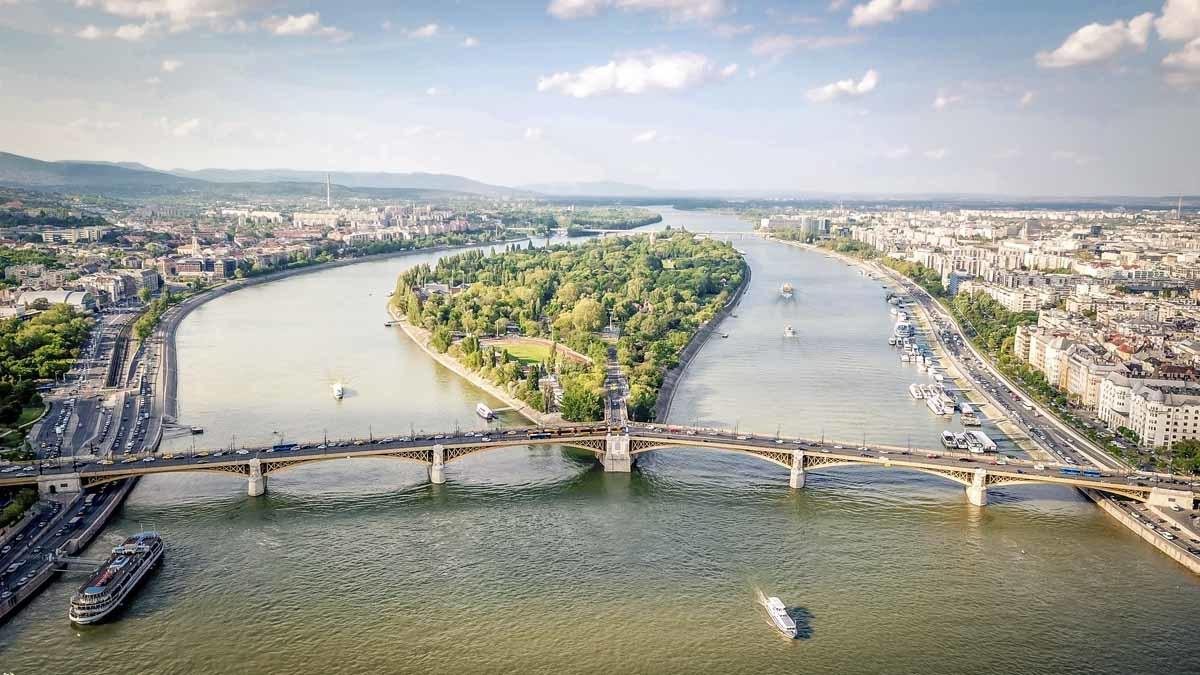How to Find the Best Art Prints Online
Looking to upgrade your living area with stunning art? Learn how to find the best art prints online in this short guide
Buying fine art prints is a great way of adding a unique and beautiful piece of art to your living space. Unlike a mass-produced art posters, fine are prints are high quality reproductions. Art prints are also very affordable, especially compared to the originals pieces.
It can be daunting trying to figure out how find the best art prints online. In this blog you can read how you can order great art prints online without breaking the bank.
Discover Your Personal Taste
It can be challenging to shop for art if you don’t actually know what art styles you prefer. Fortunately, it’s pretty easy to determine what kind of art and décor suits your taste. All you have to do is look at what you already have.
Consider the interior of your own home. What art, accessories, and furniture from your space do you like? Which would you replace? Do you prefer a classic style, a cozy mood, a
minimalist
vibe, a
contemporary
look, or even a
retro hipster groove? Pay attention to the colors you like and patterns you are drawn to.
You can also browse magazines or social media like Pinterest to find what kind of décor or art you're into. Try to find a bunch of images which attract your eye, then see what they have in common. You can even
create a mood board of the images you like by printing them out and pinning them to a corkboard.
Once you discover your own personal taste, you can then browse for art that suits you.
Get to Know the Artist
Research the artist behind the work and get to know them. Find out what inspires them and what each piece means to them, so you can find something you can connect with. See if the artist has won any awards, received any local recognition, or participated in any art exhibitions.
You will also be able to find out the details on how they pack their prints. Research how they ship them and how long it takes. Be sure to see what their refund policy is too.
Buy Directly From the Artist
While it may be tempting to head to the nearest big art site to buy prints online, consider buying them from the artist’s website instead.
Most artists will put new work on their site first before selling it on other websites. Sometimes the work is even a little cheaper due to the lack of third-party fees that major sites may charge.
Plus by buying directly from the artist, you will be supporting them directly, since there won’t be any third-party sellers or galleries to act as a middleman.
Ask Questions
If you have questions about a piece, don’t be afraid to ask the artist. They should take their time and answer any questions or concerns you have.
Get Your Own Art Prints Online
Ready to buy some art prints online? We have a collection of unique fine art prints. We sell
giclée reproductions , high-quality printed-on-demand prints. These giclée reproductions are prints of
original paintings.
For an affordable price, you can have high-quality art. Check out
our store .
KOKO Art Print - Blog by artist Korinna Janssen





